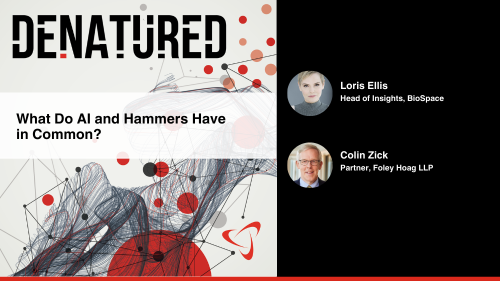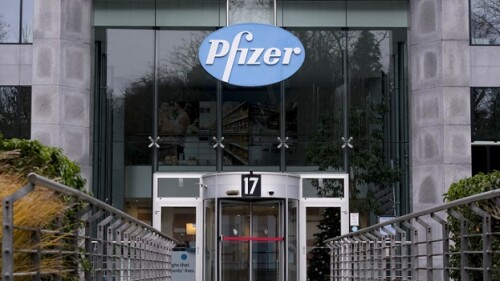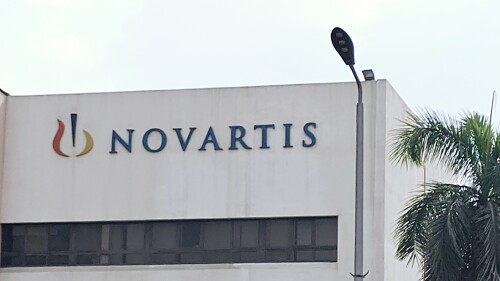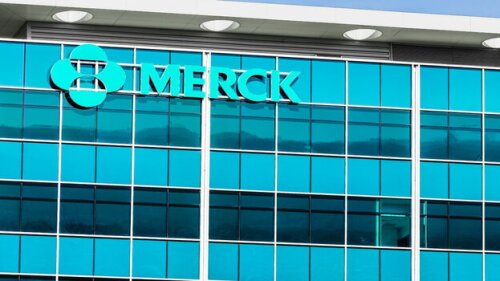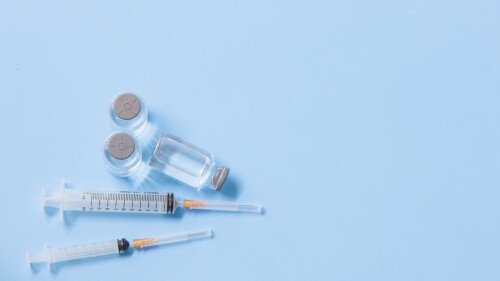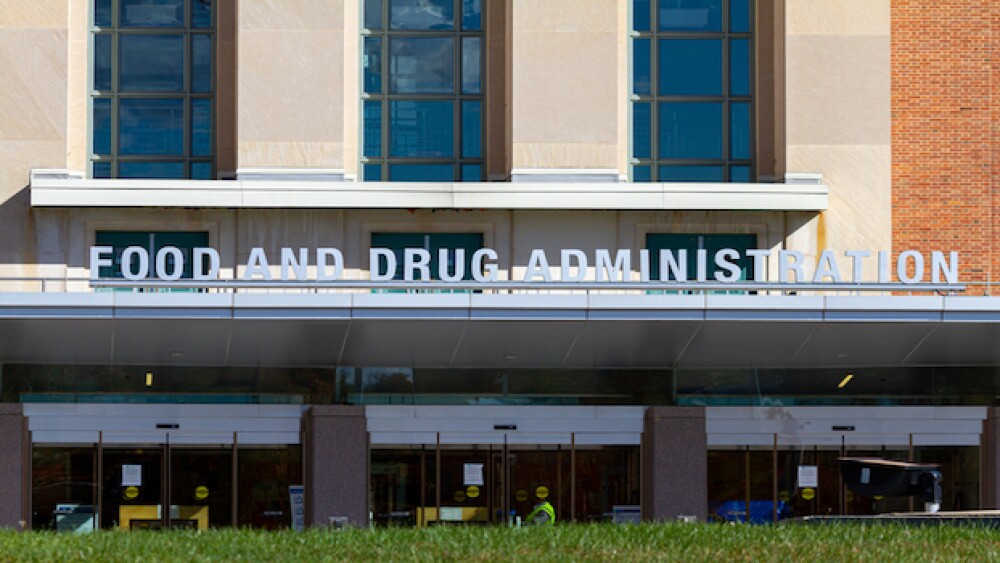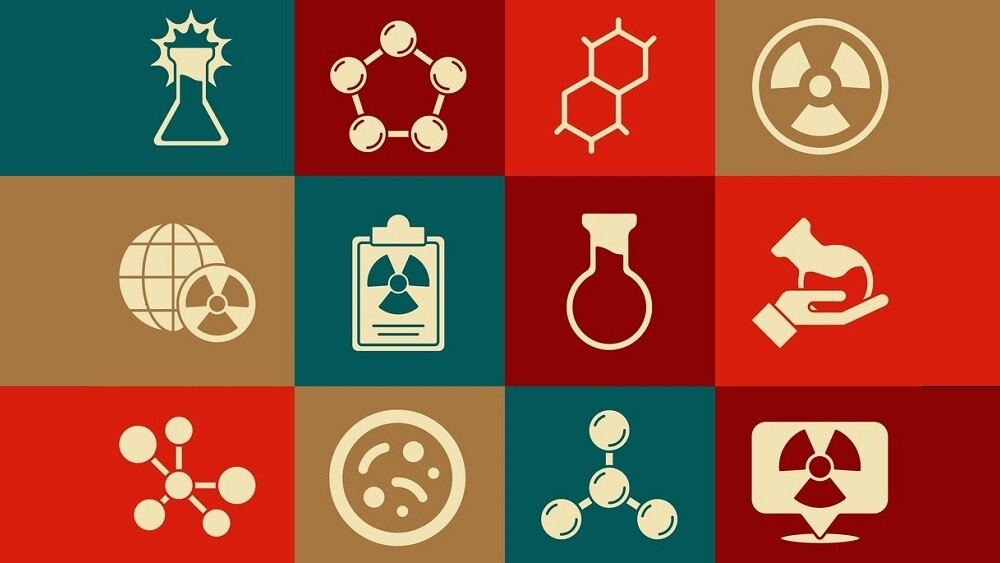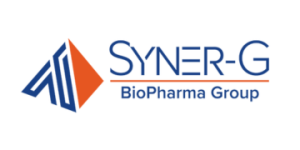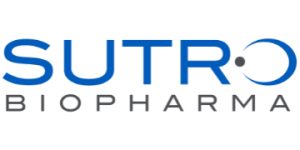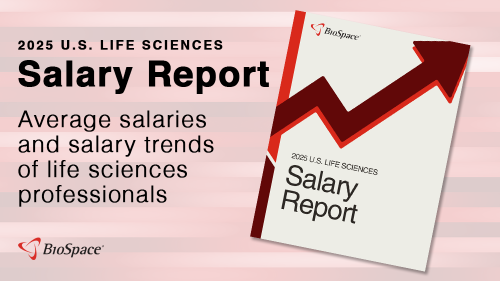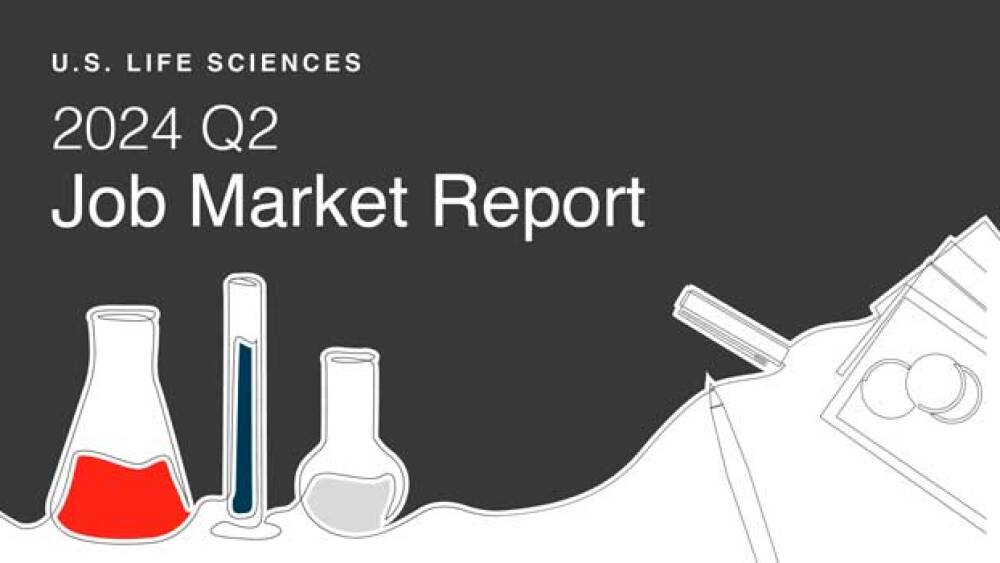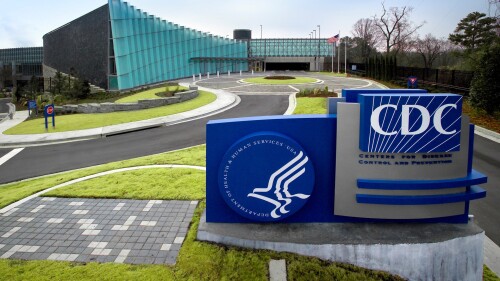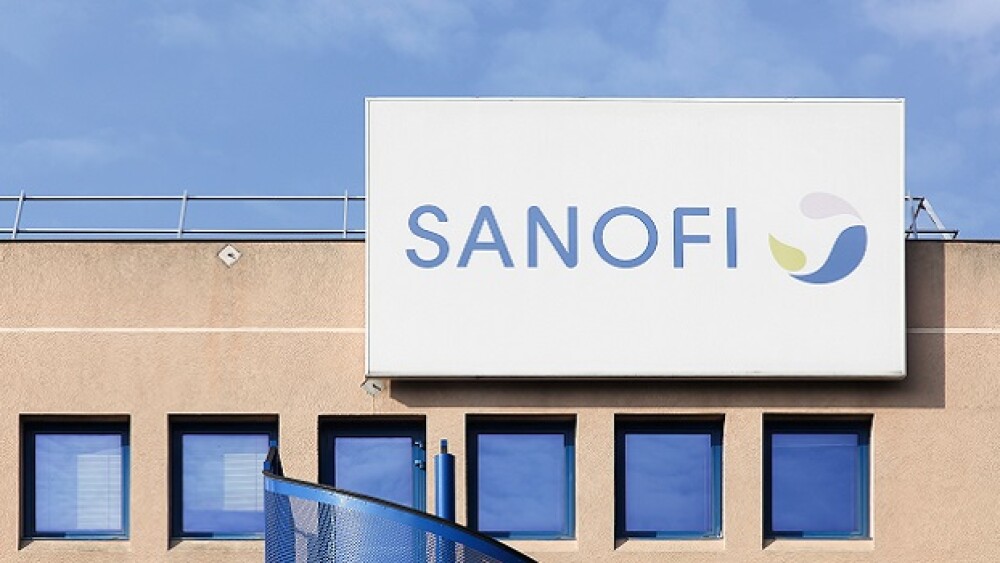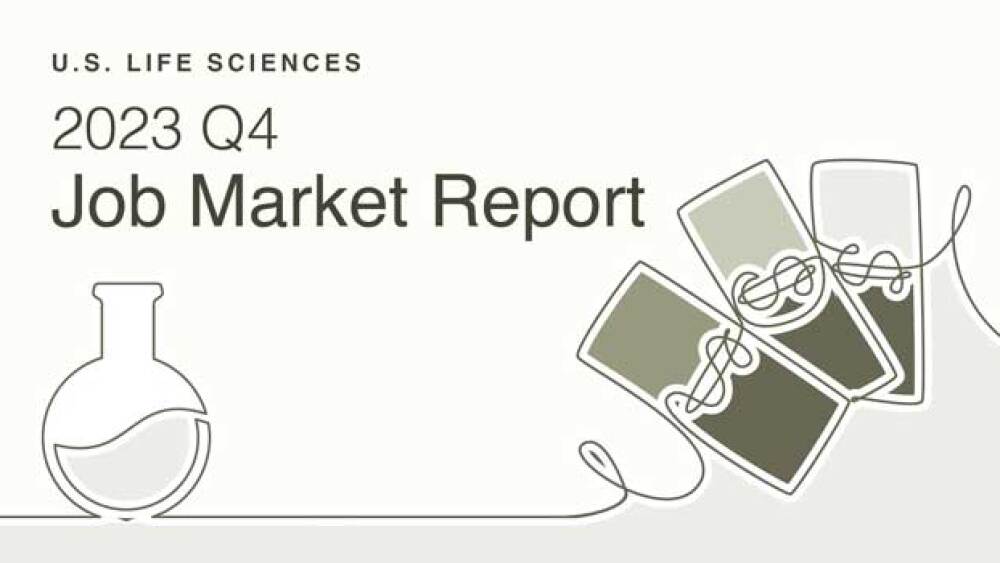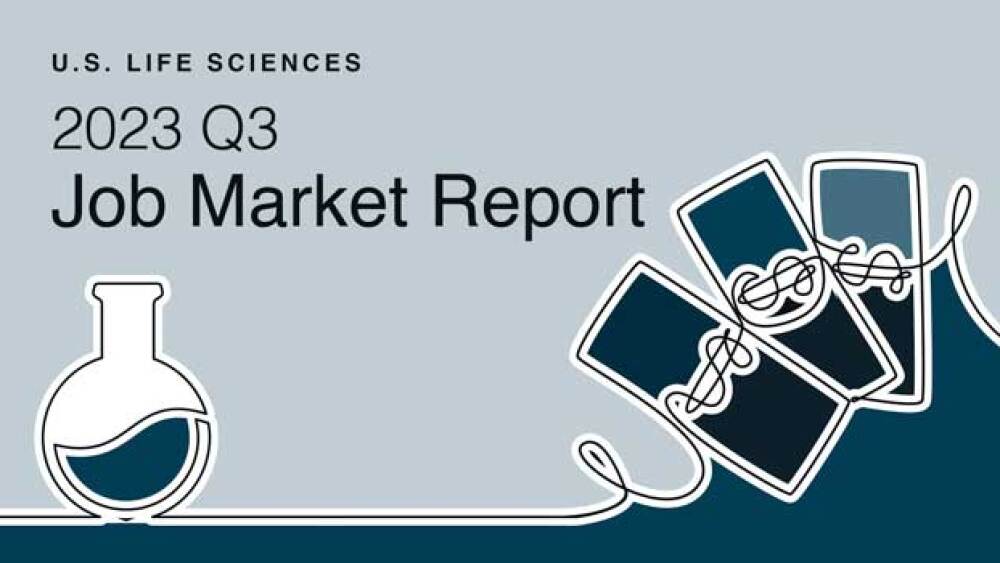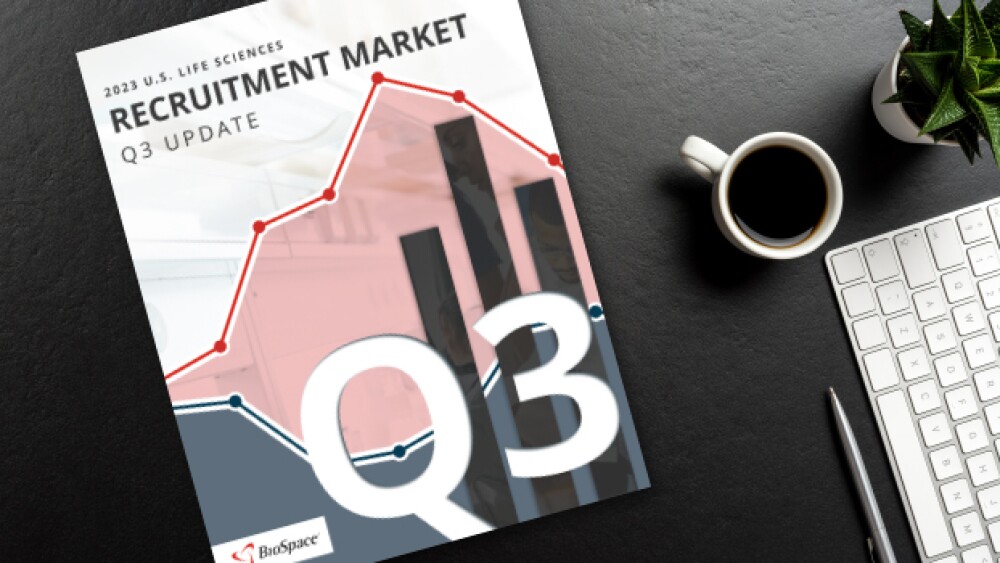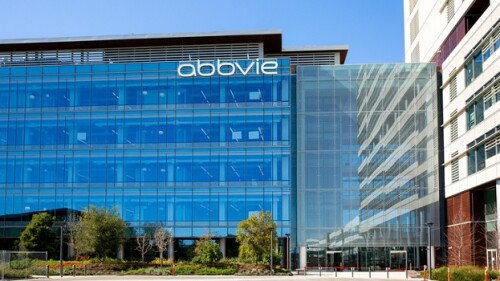The acquisition of breakout obesity star Metsera should pump new life into Pfizer’s portfolio, which over the last two years has suffered from three discontinued assets.
In an interview with German-language outlet Neue Zuercher Zeitung, Novartis CEO Vas Narasimhan said the company is exploring ways to remove or minimize the drug price gap between the U.S. and its other markets in similarly developed countries.
For the last two years, Keytruda has reigned as the world’s top-selling drug—a distinction under threat with key patent protections expiring in 2028.
MapLight Therapeutics, the second biotech to launch a Nasdaq bid this month, is a neuro-focused company advancing treatments for Alzheimer’s disease psychosis and schizophrenia.
Bluebird bio has re-emerged after a private equity buyout as Genetix Biotherapeutics, marking a return to its roots and a new path forward for manufacturing.
BMO Capital Markets analysts said the first day of the CDC vaccine advisory committee meeting Thursday had anti-vaccine overtones as the panel, which was revamped by Health Secretary Robert F. Kennedy, Jr. in June, voted to recommend that children under four receive the measles, mumps, rubella (MMR) vaccine separately from a chickenpox vaccine. Today the advisors will vote on changing the childhood schedule for the hepatitis B and COVID-19 vaccines.
FEATURED STORIES
Blank check deals dwindled after a crazy 2021. Now, biotechs are starting to turn to special purpose acquisition companies again as an easy route to the public markets.
Some of the biggest SPACs from the industry’s pandemic-fueled heyday are no longer on the market.
After spinning out of BridgeBio in May 2024, BBOT had an eye on another round of fundraising in 2025. A SPAC quickly emerged as the best option.
Aside from the rare disease market, Novo Nordisk also scored a key regulatory win last month for its blockbuster GLP-1 drug Wegovy, which can now be used to treat patients with metabolic dysfunction-associated steatohepatitis.
After a demoralizing period punctuated by the withdrawal of one of the few marketed therapies for ALS, investment in new biotechs, state-backed collaborative initiatives and buzz at BIO2025 suggest a new day in drug development for one of medicine’s most intractable diseases.
With a flurry of recent Big Pharma investment in radiopharmaceutical therapeutics, the FDA issued draft guidance last month in a move former FDA Commissioner Stephen Hahn sees as the regulator “trying to get ahead on a new set of therapy that they see becoming very important for cancer.”
LATEST PODCASTS
Sarepta’s Elevidys is back on the market for ambulatory patients with Duchenne muscular dystrophy, Health Secretary Robert F. Kennedy Jr. reportedly plans to dissolve the U.S. Preventive Services Task Force and “fix” the vaccine injury compensation program, Merck, AstraZeneca and more report Q2 earnings, Novo names a new leader and Roche’s trontinemab impresses at AAIC25.
Sarepta Therapeutics faces serious FDA action after news broke of a third patient death, the FDA gets a new top drug regulator in George Tidmarsh, a handful of new drugs get turned away from the market and pharma companies continue to commit billions to reshoring manufacturing.
In this episode presented by Eclipsebio, BioSpace’s head of insights Lori Ellis continues the discussion on mRNA and srRNA with Andy Geall of Replicate Bioscience and Alliance for mRNA Medicines and Pad Chivukula of Arcturus Therapeutics.
Job Trends
Nine states in the Southeast showed growth in bioscience employment and establishments from 2019 to 2023, according to 2024 data from BIO and TEConomy Partners. NCBiotech and Bexion executives discuss the area and the pros and cons of setting up shop far from major hubs.
Subscribe to Genepool
Subscribe to BioSpace’s flagship publication including top headlines, special editions and life sciences’ most important breaking news
SPECIAL EDITIONS
For the second quarter of 2024, there were 25% fewer jobs posted live on BioSpace compared to the same quarter of 2023. The year-over-year job response rate rose from 14.6% to 15.3%.
The pace of mergers and acquisitions has accelerated. In this deep dive, BioSpace takes a closer look at the nature of recent deals and the players involved.
In this deep dive BioSpace analyzes the neuropsychedelic therapeutics pipeline, which grabbed headlines in February when the FDA accepted the New Drug Application for Lykos Therapeutics’ MDMA capsules for PTSD.
DEALS
-
The rise of monoclonal antibodies brought back hope for stalling or reversing the devastating neurodegenerative disease. Big Pharma has taken notice with a handful of high-value deals, GlobalData reports.
-
Jefferies analysts called the proxy filing, which is a standard disclosure after a merger agreement, “much more intriguing than normal” given the regulatory turmoil it revealed.
-
Minovia’s lead product is MNV-201, an autologous hematopoietic stem cell product that is enriched with allogeneic mitochondria.
-
Flagship Pioneering’s ProFound Therapeutics will use its proprietary technology to mine the expanded proteome for novel cardiovascular therapeutics. Novartis has promised to pay up to $750 million per target, though it has not specified how many targets it will go after.
-
Leading companies spent $1.4 billion upfront on licensing deals and embarked on vast R&D programs. Clinical setbacks mean many companies are unlikely to ever recoup their investments.
WEIGHT LOSS
-
While it’s impossible to make apples-to-apples comparisons of the many obesity candidates with so many differences across clinical trials, we at BioSpace are giving it our best shot.
-
With results from highly anticipated trials of Eli Lilly’s orforglipron and Viking Therapeutics’ VK2735 “underwhelming” investors, William Blair’s Andy Hsieh predicts weight loss pills will play a bigger role in low- and middle-income countries than in the U.S.
-
A draft copy of an upcoming MAHA report reveals a strategy in lockstep with recent HHS actions such as reviving the Task Force on Safer Childhood Vaccines; Viking Therapeutics reports robust efficacy from mid-stage oral obesity candidate but is tripped up by tolerability concerns; Novo Nordisk wins approval for Wegovy in MASH; and Lilly takes a pricing stand.
-
Viking Therapeutics’ VK2735 achieves a 10.9% placebo-adjusted weight loss at 13 weeks, but a less than ideal safety profile marred the results.
-
While the 10-fold increase in dose over injectable Wegovy has raised questions about the launch, Novo Nordisk has assured investors it has the manufacturing capacity to roll out oral semaglutide without restrictions on supply.
POLICY
-
Perhaps the most interesting of the pile of FDA rejection letters was for Lykos Therapeutics’ MDMA therapy. Letters sent to Stealth BioTherapeutics, Regeneron and more were also released as the agency also promised future CRLs “promptly after they are issued to sponsors.”
-
The new additions would bring ACIP membership to 14 total. Several of the proposed members have taken part in anti-vaccine activity or made anti-vaccine statements.
-
YouTube has shut down a channel containing hundreds of videos of comments made by doctors and other influencers—including CBER Director Vinay Prasad, Health Secretary Robert F. Kennedy Jr. and NIH Director Jay Bhattacharya—during the pandemic. This comes as Prasad reveals further details about last week’s updated COVID-19 approvals.
-
Albert Bourla heralded the president’s COVID-19 leadership and Operation Warp Speed initiative as a Nobel Prize–worthy achievement and said that Pfizer stands by the integrity of the data already shared.
-
In an opinion piece in the Wall Street Journal, Health Secretary Robert F. Kennedy Jr. said he will roll chronic disease programs into a new Administration for a Healthy America.
Massachusetts’ increased investment in the life sciences industry includes boosting its life sciences tax incentive program by $10 million annually, aiding job creation in the state.
Many biopharma professionals view smaller companies as having the best flexibility and remote work options, but that doesn’t mean their larger counterparts are failing in that area. Several professionals, including Apogee Therapeutics and Insmed executives, share their insights.
Check out five New York companies hiring biopharma professionals like you, including 2025 Best Places to Work winners.
Plus, communication errors that cost job offers and how to craft a LinkedIn “About” section
Year-over-year BioSpace data shows there are fewer job postings live on the website and far more competition for them.
At Johns Hopkins University, the biomedical engineering program’s Design Team offering lets undergraduates dive deep into clinical projects that can help them land industry jobs, get provisional patents or even start companies.
HOTBEDS
REPORTS
If it feels like there has never been a tougher time to look for work, you’re not alone—and you’re likely not wrong.
In this job market report we’re reviewing life sciences job market movement in Q3 and what to expect for Q4 and beyond.
This labor market report examines Q3 life science job market trends and the recruitment outlook for Q4 and beyond.
CANCER
-
Arguably the FDA’s most anticipated decision this month is for a subcutaneous induction formulation of Biogen and Eisai’s Alzheimer’s drug Leqembi, which, according to Eisai, could “help reduce the burden on healthcare professionals and patients.”
-
Strand Therapeutics’ lead asset is STX-001, an intra-tumor self-replicating mRNA therapy that carries a payload expressing the immunomodulatory protein IL-12.
-
The small molecule drug, acquired by Jazz Pharmaceuticals in its $935 million Chimerix pick-up this spring, is intended for relapsed adult and pediatric patients with H3 K27M mutations.
-
Terns, once a rising star in obesity and the MASH space, will refocus on cancer and partner out a handful of obesity assets.
-
BioNTech also laid off 63 employees in June in conjunction with the discontinuation of its cell therapy manufacturing operations in Gaithersburg, Maryland.
NEUROSCIENCE
-
Waltham, Massachusetts–based Skyhawk Therapeutics has been collecting collaborations with larger companies in spades since launching in 2018.
-
Praxis’ vormatrigine reduced seizures by 56.3%, an effect size that, according to analysts at Truist Securities, exceeds that of its closest competitors.
-
The FDA greenlit multiple new drugs this month and issued some notable label expansions, including for Eli Lilly’s Kisunla. Meanwhile, the regulator turned away a cell therapy for Duchenne muscular dystrophy and a gene therapy for the rare disease Sanfilippo syndrome.
-
Bristol Myers Squibb tested Cobenfy as an adjunctive treatment with atypical antipsychotics for schizophrenia in the Phase III ARISE study, which earlier this year failed to demonstrate significant symptom improvement.
-
Move over Humira, Skyrizi and Rinvoq are expected to beat the former megablockbuster’s peak sales by the end of this year.
CELL AND GENE THERAPY
-
Brazilian authorities said the death was unlikely to have been caused by Elevidys and was instead more in line with severe infection exacerbated by immunosuppression.
-
The European Union’s health regulatory agency did not endorse approving Elevidys for ambulatory patients with Duchenne muscular dystrophy.
-
The strategic reprioritization comes after the company hit two major hurdles in the past year, including a clinical hold for an investigational gene therapy and an FDA rejection for its lead asset.
-
CBER is unanimously against Elevdiys’ return to the market without additional evidence, according to media reports citing an anonymous senior FDA official. Given Elevidys’ full approval, however, experts told BioSpace this path would set up a length legal battle between the regulator and Sarepta Therapeutics.
-
Second-quarter earnings come amid many high-level challenges for the biopharma industry. How will these five closely watched biotechs fare?


